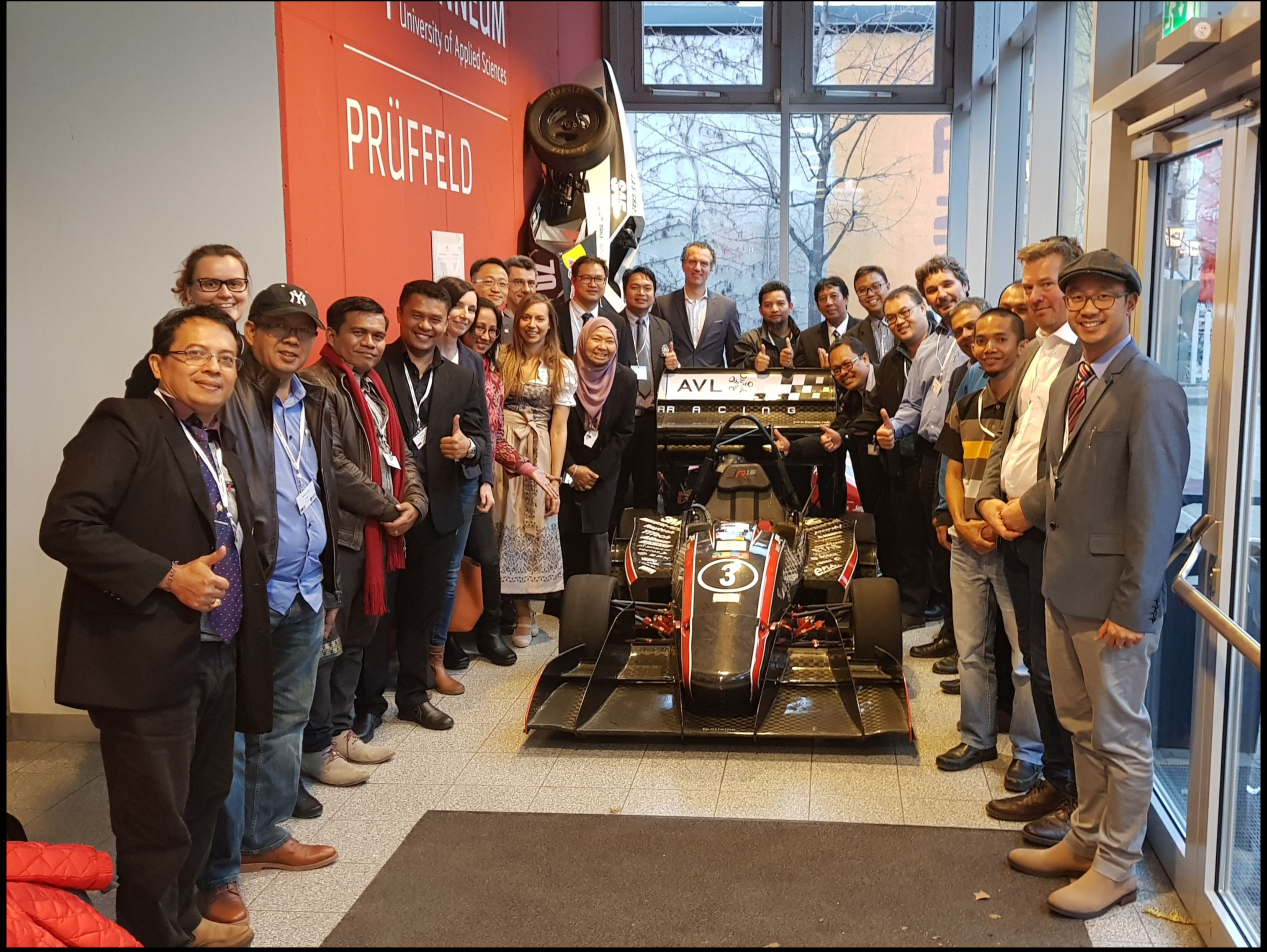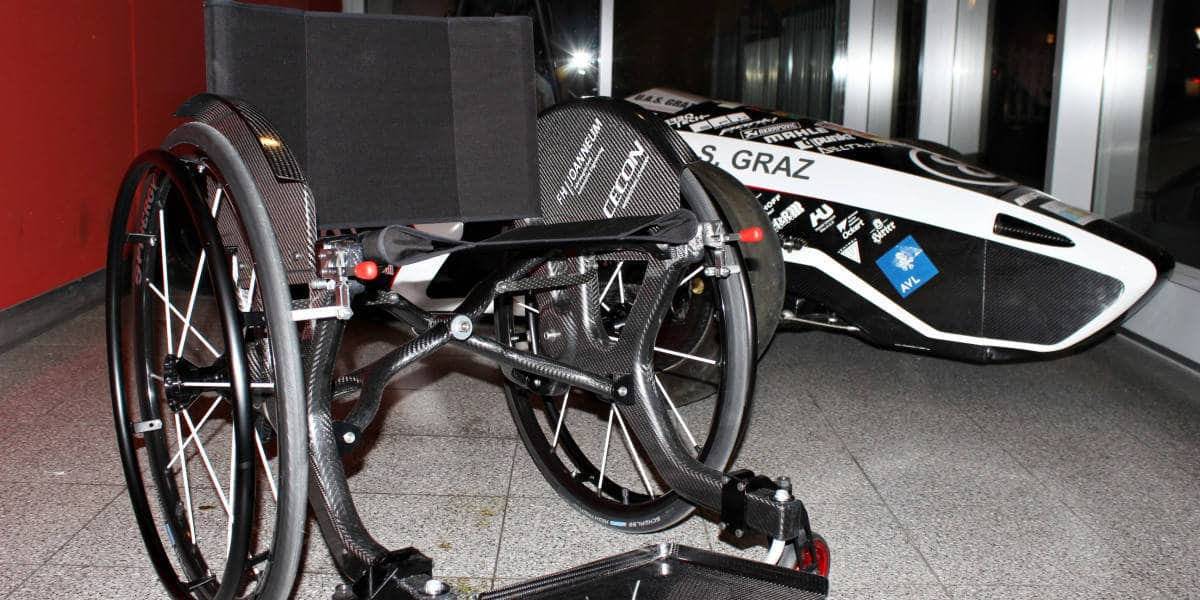Tomorrow’s mobility will be clean, intelligent, networked, and shared.
Clean: The so-called ‘diesel scandal’ was the final straw, resulting in public demand for clean vehicles. There is broad agreement that electric vehicles will replace combustion engines over the long term. Conventional combustion engines will be used in only limited areas. Batteries and hydrogen tanks with fuel cells, or combinations of the two, are the energy sources of the future. Both technologies are realistic, but each has its own weaknesses which delay rollout.
Intelligent: Comprehensive driver assistance systems and semi-autonomous autopilots are already available on the market. Technical and legal barriers, however, make it unlikely that driverless systems operating from start to destination will be introduced within the next 10 to 15 years. Over the long term, successful vehicles will be those applying artificial intelligence in their operation.
Networked: The path to more efficient and smoother traffic flows will be achieved through exchanging data between vehicles and with the surrounding infrastructure. Expansion of the 5G network will facilitate transmission of the data volumes this involves. In future, traffic will be automatically controlled by traffic systems supported by artificial intelligence.
Shared: For many urban dwellers, owning a vehicle is becoming a less attractive proposition. Parking spaces are becoming a luxury. Private car ownership will be replaced by ride hailing and car sharing services according to specific mobility needs. To date, no single provider in Europe has succeeded in establishing market dominance and creating lucrative business models. However, autonomous driving and robot taxis will transform urban mobility.















